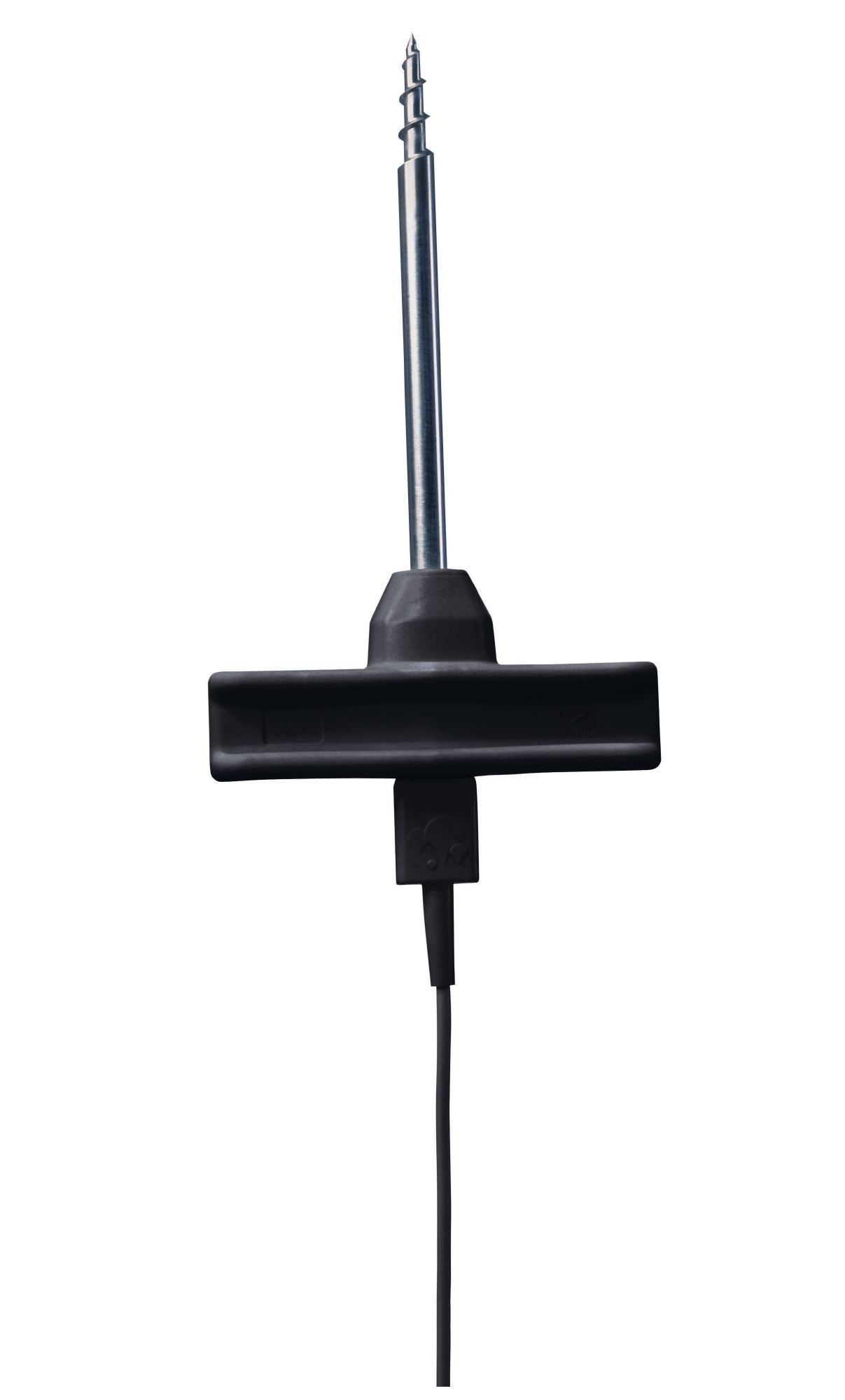The selection of the right sensor determines the accuracy of the measurement result. However, there is no sensor which can do everything equally well:
- A wide measuring range as a rule means a limited accuracy.
- Especially fast probes are usually unsuitable for tough day-to-day measurements.
- The design decides which probe is optimally suitable for which measurement task.
Thermocouple sensors
- Electrical voltage measuring point / cold junction.
- Measurement value cold junction is converted to 0 °C
- Sufficient acclimatization time must be taken into account.
Platinum resistance sensors
- Measurement principle: Thermistor effect of metals.
- Correlation between the temperature and electr. resistance.
- Comparative value 0 °C at 100 Ohm resitance due to wound platinum wire.
NTC / thermistor sensors
- Mixed oxide ceramic sensors.
- Negative Temperature Coefficient: NTC.
- Without cold junction compensation – ideal for refrigerated and deep-freeze rooms.



